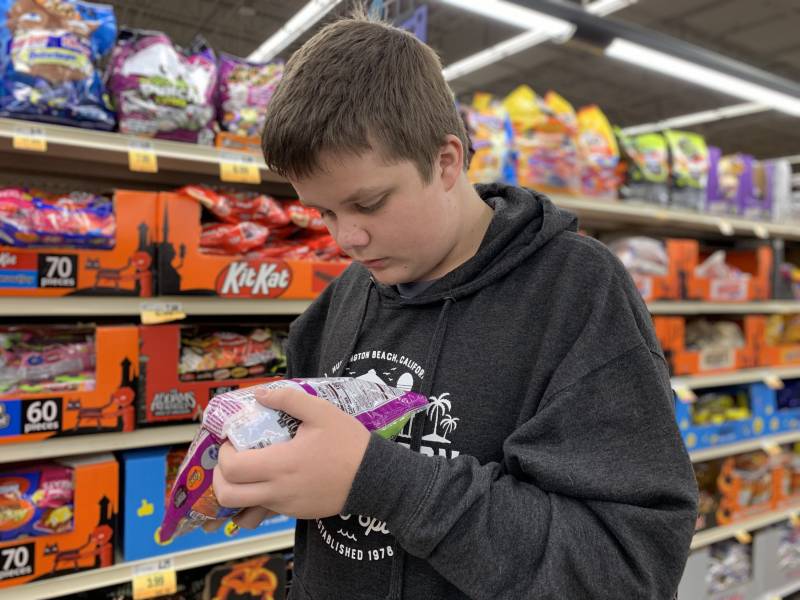A Rainbow Assortment of Colors … and Sensitivity
The FDA has approved nine colors for use in processed food and other products like sunscreen, cough syrup and pills. The synthetic additives are made from petroleum and are contained in at least 90% of candies, fruit-flavored snacks, and drink mixes marketed to kids, and 40% of all children’s food products. According to an FDA assessment, which estimated the amount of synthetic food dye people consume in an average diet, most American kids are exposed to some chemical food coloring.
“We’ve been contacted by over 2,000 families reporting their experiences with food dyes,” said Lisa Lefferts, a senior scientist for the Center for Science in the Public Interest. “Sometimes children are violent. They have meltdowns. They may even apologize for their behavior and say they can’t help it.”
Nigg and colleagues estimate that 5%-10% of kids with ADHD may be sensitive to synthetic food coloring. That would equate to tens of thousands of children who may be suffering from the disorder unnecessarily. A small percentage of children without neurological disorders may also be highly sensitive to chemical food dyes, according to Nigg.
Alex Bevans, 15, is in that category, says his mother.
“So red … he can’t pay attention and he’s impulsive,” Rebecca Bevans told KQED in 2019. “Green makes him manic. Blue makes him grumpy and tired. Yellow is the worst. He’s explosive and it leads to suicidal ideation.” Bevans, a psychology professor at Western Nevada College, shared her experience in a 2016 TEDx talk.
State and Federal Push for Regulation
Lefferts is lobbying the FDA to follow Europe’s example on dyes: The European Union requires manufacturers to add a label on foods with artificial coloring warning they “may have an adverse effect on activity and attention in children.”
State Sen. Bob Wieckowski, D-Fremont, says he will introduce a bill in January that would require products on grocery shelves or in bulk bins to include a similar black and white warning label.
Most European companies avoid the label by switching to natural dyes like beet juice and spirulina extract. A few U.S. companies have followed suit. Kraft now uses turmeric and paprika to turn its macaroni and cheese sauce bright yellow. But substitutions like these aren’t widespread in the U.S., because natural dyes are more expensive and less stable.
The American Academy of Pediatrics said in a 2018 policy statement that “artificial food colors may be associated with exacerbation of attention-deficit/hyperactivity disorder symptoms.”
“The AAP has concerns about the limited safety testing available on chemicals intentionally and unintentionally added to foods, including food dyes,” said Dr. Leonardo Trasande, who co-wrote the statement. “There are safe and simple steps families can take to limit children’s exposure to these chemicals.”
Nigg said, “I think we’ll be surprised in the future that we were so laissez-faire about adding so many synthetic chemicals and thinking they wouldn’t do anything to children’s brains.”
The good news, he says, is that the behavioral shifts triggered by the chemicals appear to usually last less than a week.

